Queen Elizabeth Death Live Updates, India Pays Tribute To Queen Elizabeth II: India has declared one day of state mourning on Sunday as a mark of respect to Britain’s Queen Elizabeth-II. “Her Majesty Queen Elizabeth-II, United Kingdom of Great Britain and Northern Ireland, passed away on September 8, 2022. As a mark of respect to the departed dignitary, the government of India has decided that there will be one-day state mourning on September 11 throughout India,” an official statement said. The national flag will be flown at half-mast on the day of mourning throughout India on all buildings where the national flag is flown regularly and there will be no official entertainment on the day, it said.
The state funeral for the world’s longest-standing monarch, Queen Elizabeth II will take place at 3.30 PM (IST) on Monday, September 19 at Westminster Abbey in London. The coffin will be taken from Balmoral Castle to Edinburgh on Sunday before being flown to London on Tuesday. It will later lie in state at Westminster Hall from Wednesday until the morning of the funeral at London’s Westminster Abbey. Details on the 96-year-old queen’s funeral will be released later, but organizers described the ceremony as a “fitting farewell to one of the defining figures of our times,” AP reported.
Also, Britain’s King Charles III said he was deeply aware of his great inheritance and duties and heavy responsibilities of sovereignty and pledged to strive to follow the “inspiring example” of his mother, late Queen Elizabeth II. Charles III was proclaimed Britain’s new monarch on Saturday in a historic ceremony of the Accession Council that was televised for the first time in history. Prime Minister Liz Truss and senior members of her government have taken oaths of loyalty to King Charles III in the House of Commons.
King Charles III on Saturday signed the declaration which officially made him the new British Monarch using ink from a silver pot gifted to him by his sons, Prince William and Prince Harry.
King Charles was on Saturday proclaimed Britain’s new monarch in a historic ceremony of the Accession Council. He was joined by his wife, Queen Consort Camilla, and his son and heir Prince William – the new Prince of Wales, who added their signatures to the formal proclamation documents. Read more
Upon taking the throne in 1952, Queen Elizabeth II inherited millions of subjects around the world, many of them unwilling. Today, in the British Empire’s former colonies, her death brings complicated feelings, including anger. Beyond official condolences praising the queen’s longevity and service, there is some bitterness about the past in Africa, Asia, the Caribbean and elsewhere. Talk has turned to the legacies of colonialism, from slavery to corporal punishment in African schools to looted artifacts held in British institutions. For many, the queen came to represent all of that during her seven decades on the throne.
In Kenya, where decades ago a young Elizabeth learned of her father’s death and her enormous new role as queen, a lawyer named Alice Mugo shared online a photograph of a fading document from 1956. It was issued four years into the queen’s reign, and well into Britain’s harsh response to the Mau Mau rebellion against colonial rule. “Movement permit,” the document says. While over 100,000 Kenyans were rounded up in camps under grim conditions, others, like Mugo’s grandmother, were forced to request British permission to go from place to place.
“Most of our grandparents were oppressed,” Mugo tweeted in the hours after the queen’s death Thursday. “I cannot mourn.” (Reuters)
Queen Elizabeth II’s death has highlighted many royal protocols that are initiated after the death of a monarch, in this case, the longest reigning one in the history of the British royal family.
The passing away of the queen at the age of 96 — after ruling and serving for 70 years — brought her mourning family together, too, including Prince Harry and Meghan Markle, who had flown in just some days prior, along with the swift ascension of her son Charles to the throne, making him King Charles III. Read more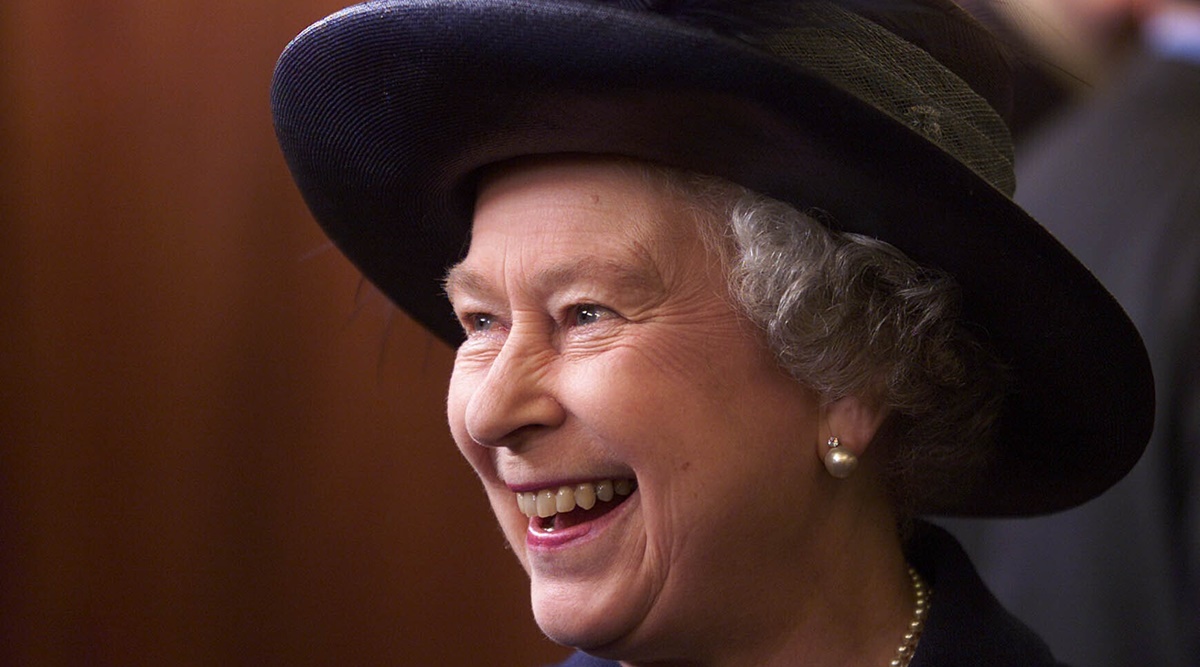
The coffin of Queen Elizabeth will be taken from her home in the Scottish Highlands on a slow, six-hour journey to Edinburgh on Sunday, giving the public a chance to line the roads in tribute to the monarch who died after seven decades on the throne. The death of the 96-year-old has provoked tears, sadness and warm tributes, not just from the queen’s own close family and many in Britain, but also from around the globe – reflecting her presence on the world stage for the last 70 years.
On Sunday at 0900 GMT, Elizabeth’s oak coffin, which has been in the ballroom of Balmoral Castle covered with the royal standard of Scotland and with a wreath of flowers on top, will be placed in a hearse by six gamekeepers, Reuters reported.
Britain’s Queen Elizabeth II breathed her last on September 8 afternoon at the Balmoral, her estate in the Scottish Highlands. She was 96. Following this, the British government declared the start of a period of national mourning for the Queen. and published the ‘national mourning guidance’. Check out the gallery here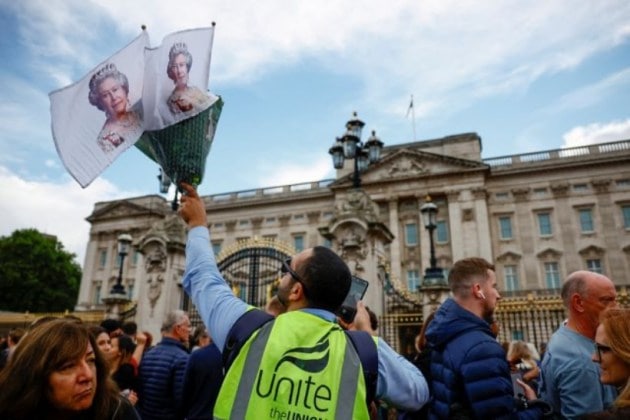
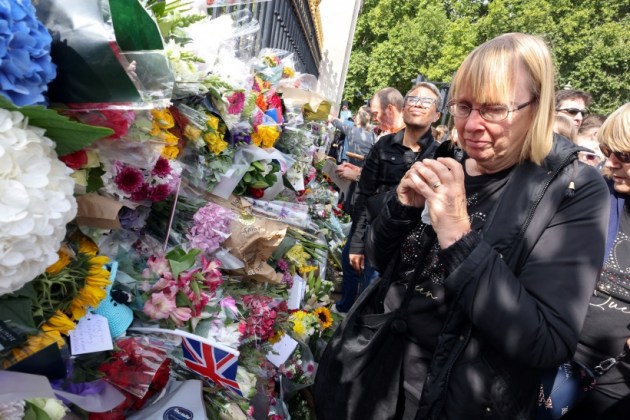
The Canadian Parliament will sit on Thursday to allow members to pay tribute to Queen Elizabeth, Prime Minister Justin Trudeau said on Saturday.
Parliament will sit this Thursday to allow MPs to pay tribute to Her Majesty Queen Elizabeth II. In addition, to accommodate Her Majesty’s funeral, the opening of the session will be delayed – by one day – to September 20th. https://t.co/tppHRES8Em
After her father, King George VI died in 1952, Queen Elizabeth II ascended to the throne five years after India attained independence from colonial rule, becoming the first British ruler to take the throne after the empire lost its ‘jewel in the crown’. During her reign she undertook three state visits to India, in 1961, 1983, and 1997. Read more on Queen Elizabeth’s three visits to India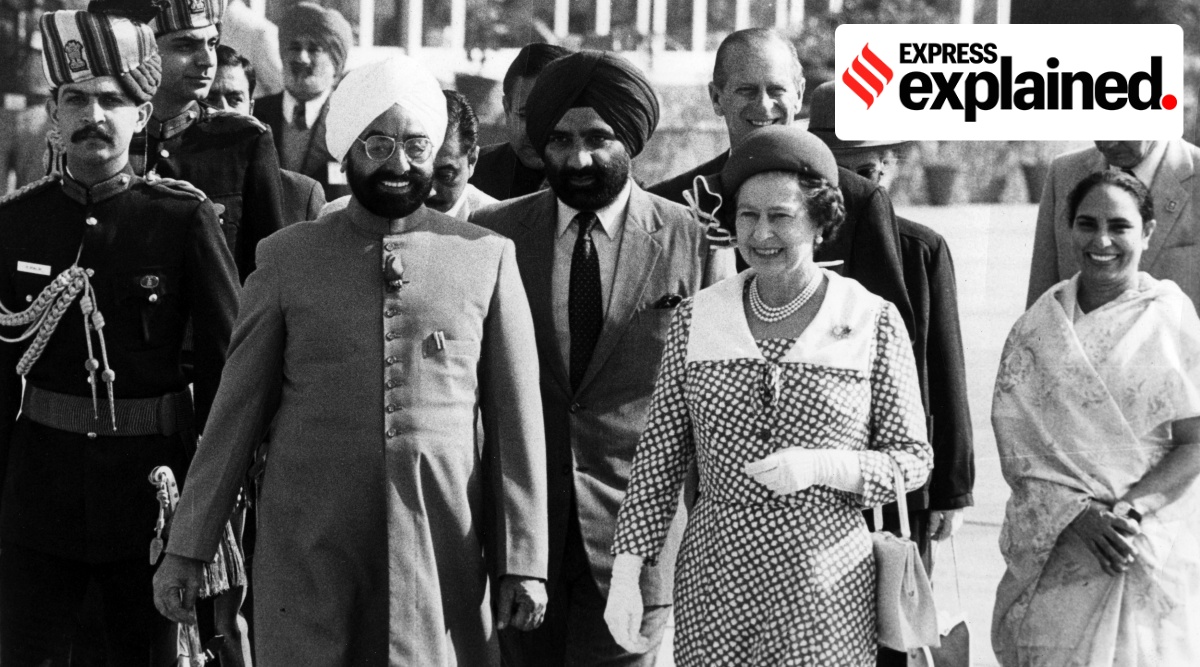
After a seven-decade reign, the death of Queen Elizabeth II on September 8, 2022, has resulted in a number of changes to the British monarchy and the titles of the royals. While the queen’s eldest child Charles became the king as King Charles III, the Duke and Duchess of Cambridge – Prince William and Kate Middleton – have now inherited the titles of the Duke and Duchess of Cornwall. These were earlier used by William’s father and his wife Camilla, as the latter will now use the title Queen Consort. Not just these, William and Kate also have an additional change to their official titles — they are now officially Prince of Wales and Princess of Wales, respectively. Read more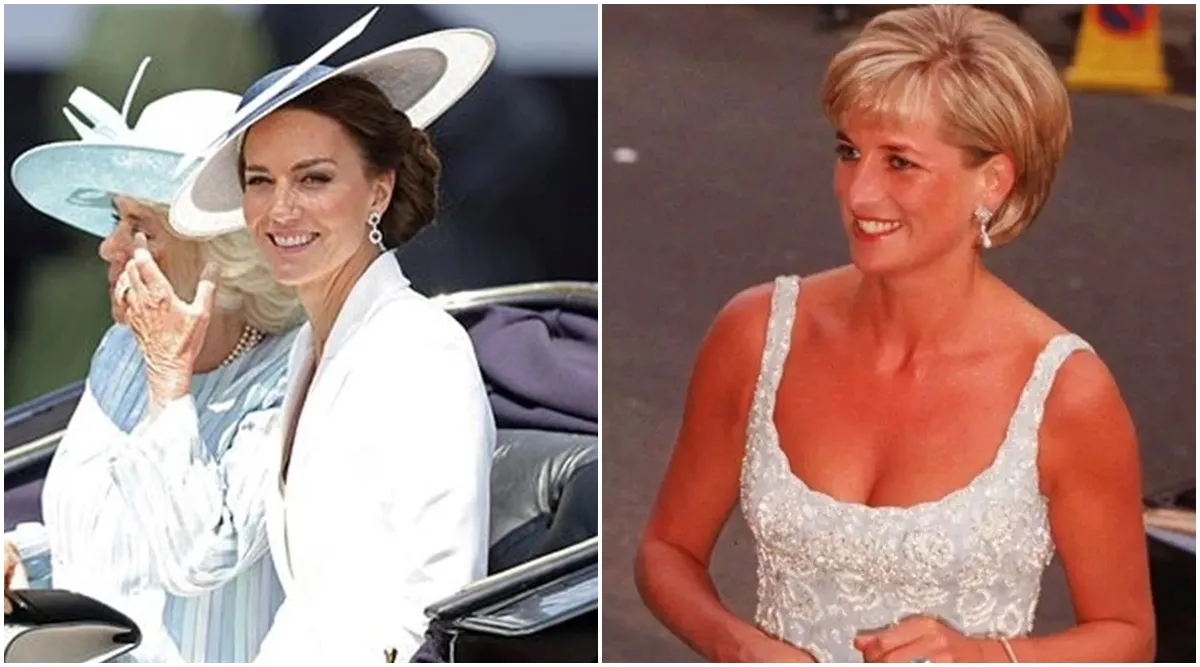
When she was crowned in 1952, it was already an outstanding event. News arrived that Edmund Hillary and Tensing Norgay had climbed Mount Everest. There were wishes expressed that given her name, perhaps a second Elizabethan Age — comparable to the first one (around the 16th century) — would be her great contribution. Back then, it looked like just a pious wish. Today, without a doubt, we can say that Queen Elizabeth II — who died at the age of 96 after a record 70 years on the throne, celebrated just recently in a spectacular ceremony — did rule over an efflorescence of British art, culture, literature, music, theatre that no one could have predicted. Meghnad Desai writes
Australian Prime Minister Anthony Albanese on Sunday announced a public holiday on September 22, to mourn the demise of Britain’s longest-standing monarch Queen Elizabeth II.
On Saturday, King Charles III was officially proclaimed the head of state in Australia.
On September 22 there will be a public holiday for the National Day of Mourning for Her Majesty The Queen.
Though Queen Elizabeth II was revered by many in Africa, her death also reignited a different sort of conversation — one that touched on the legacy of the British Empire and the brutality the monarchy meted out to people in its former colonies.
In a younger generation of Africans growing up in a post-colonial world, some lamented that the queen never faced up to the grim aftermath of colonialism and empire, or issued an official apology. They said they wanted to use the moment to recall the oppression and horrors their parents and grandparents endured in the name of the Crown, and to urge for the return of crown jewels — rare massive diamonds — taken from the continent. Read the New York Times report here
With the death of Britain’s longest-serving monarch, Queen Elizabeth II, the throne has passed to her eldest son, Prince Charles, who will now be known as King Charles III. This also means that his wife, Camilla will be now referred to as the Queen Consort, and colloquially as the Queen as well.
Camilla Parker Bowles and Charles got married in 2005, after being in a romantic relationship before and during both their previous marriages. Camilla was also blamed by many for destroying Charles’ marriage to Diana, the former Princess of Wales. We Explain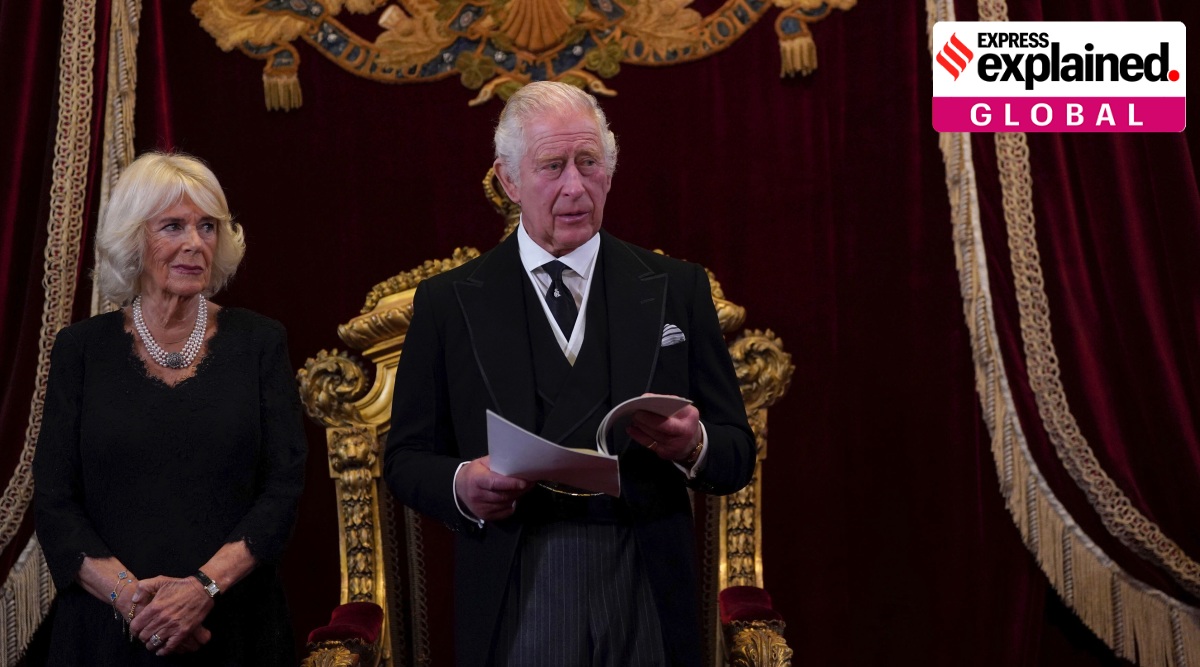
King Charles III was officially proclaimed the head of state of Australia and New Zealand at ceremonies on Sunday in the nations’ capitals. In New Zealand, the proclamation of Charles as monarch, taking over from Queen Elizabeth who died on Thursday aged 96, took place in the parliament in Wellington. NZ Prime Minister Jacinda Ardern said the event acknowledged the queen’s son, “His Majesty King Charles III as our sovereign”.
“King Charles … has consistently demonstrated his deep care for our nation,” she said. “This relationship is deeply valued by our people. I have no doubt it will deepen,” Reuters quoted.
Australian Governor General David Hurley proclaimed King Charles III as head of state at Parliament House in Canberra. The proclamation was marked by a 21-gun salute.
Prime Minister Liz Truss and senior members of her government have taken oaths of loyalty to King Charles III in the House of Commons. House of Commons Speaker Lindsay Hoyle was the first to pledge he will “bear true allegiance to his Majesty King Charles, his heirs and successors,” followed by the longest-serving lawmakers and the prime minister. Read more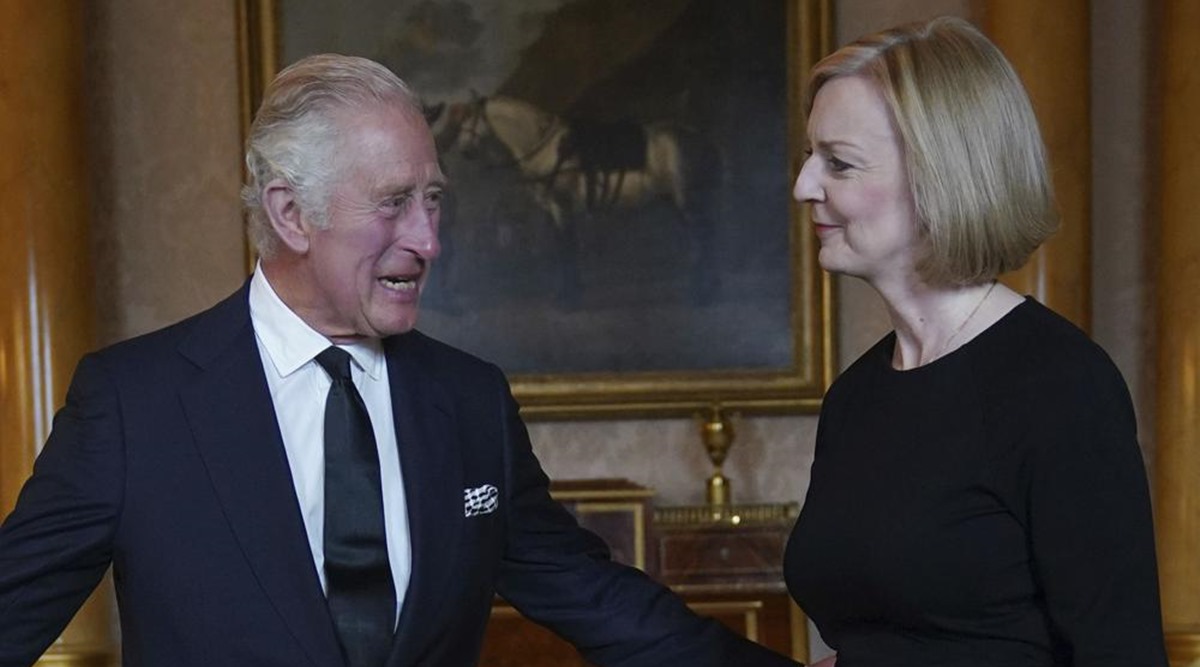
Queen Elizabeth II, the UK’s longest-serving monarch passed away at Balmoral Castle in Scotland on Thursday (September 8). While the plan of action following her death was carefully laid out, there is uncertainty over the fate of her cherished dogs: the famous corgis.
An enduring symbol of her legacy, the corgi breed has come to be associated with Queen Elizabeth’s 70-year-long reign. She had a lifelong love for her pet corgis, who accompanied her during vacations and official events in Buckingham Palace, her honeymoon, and even featured in her official photos and portraits. Fed gourmet meals of rabbit, steak and vegetables made by royal chefs, the corgis were even given their own stockings on Christmas by the Queen, filled with toys and doggy treats. Read the explainer here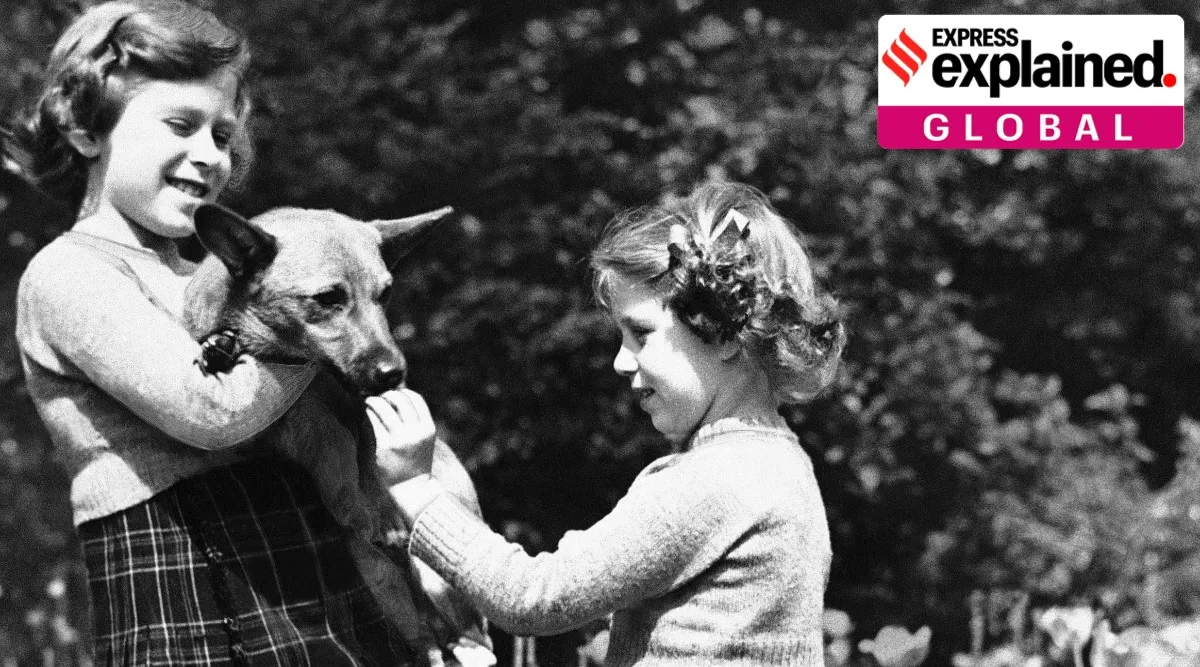
Britain’s Prince William on Saturday said that while he knew the day would come when his “Grannie” Queen Elizabeth II would be no more, but it would take some time for the reality to sink in, as he reflected upon how the world had lost an “extraordinary leader”.
In his first statement as the Prince of Wales and heir to the British throne, posted on Instagram, the 40-year-old said he would honour the memory of the late monarch by supporting his father, the new monarch. “I knew this day would come, but it will be some time before the reality of life without Grannie will truly feel real,” William said in his short statement.
India has declared one day of state mourning on Sunday as a mark of respect to Britain’s Queen Elizabeth-II. The national flag was flown at half-mast throughout India on all buildings where the national flag is flown regularly and there will be no official entertainment on the day, a release said. (Pictures: Twitter/@ANI)


Prince Harry and his wife Meghan Markle joined Prince William and Kate Middelton in viewing floral tributes to the late queen in Windsor on Saturday.


India has declared one day of state mourning on Sunday as a mark of respect to Britain’s Queen Elizabeth-II. “Her Majesty Queen Elizabeth-II, United Kingdom of Great Britain and Northern Ireland, passed away on September 8, 2022.
As a mark of respect to the departed dignitary, the government of India has decided that there will be one-day state mourning on September 11 throughout India,” an official statement said. The national flag will be flown at half-mast on the day of mourning throughout India on all buildings where the national flag is flown regularly and there will be no official entertainment on the day, it said.
The state funeral for the world’s longest-standing monarch, Queen Elizabeth II will take place at 3.30 PM (IST) on Monday, September 19 at Westminster Abbey in London. The coffin will be taken from Balmoral Castle to Edinburgh on Sunday before being flown to London on Tuesday. It will later lie in state at Westminster Hall from Wednesday until the morning of the funeral at London’s Westminster Abbey. Details on the 96-year-old queen’s funeral will be released later, but organizers described the ceremony as a “fitting farewell to one of the defining figures of our times,” AP reported. elizabethQueen Elizabeth II of Britain laying a wreath at the Samadhi of Mahatma Gandhi at Rajghat on November 18, 1983. (Express archive photo)
elizabethQueen Elizabeth II of Britain laying a wreath at the Samadhi of Mahatma Gandhi at Rajghat on November 18, 1983. (Express archive photo)
Queen Elizabeth II, the UK’s longest-serving monarch passed away at Balmoral Castle in Scotland on Thursday (September 8). While the plan of action following her death was carefully laid out, there is uncertainty over the fate of her cherished dogs: the famous corgis.
An enduring symbol of her legacy, the corgi breed has come to be associated with Queen Elizabeth’s 70-year-long reign. She had a lifelong love for her pet corgis, who accompanied her during vacations and official events in Buckingham Palace, her honeymoon, and even featured in her official photos and portraits. Fed gourmet meals of rabbit, steak and vegetables made by royal chefs, the corgis were even given their own stockings on Christmas by the Queen, filled with toys and doggy treats.
If the British monarchy has survived into the 21st century, that has a lot to do with the manner in which Queen Elizabeth II carried the crown. It was a manner singularly free of the turbulence that surrounded the late Queen’s seven decades on the throne. The basic reason is that from her tutor at Eton who groomed her to become the symbol of her nation, she learned well the distinction that the 19th century British political scientist, Walter Bagehot, had drawn between a British monarch’s “dignified” and “efficient” duties. Had she deviated from that distinction and allowed the crown to get caught in a swirl of controversy, it is doubtful that King Charles III would so smoothly be stepping into the succession.